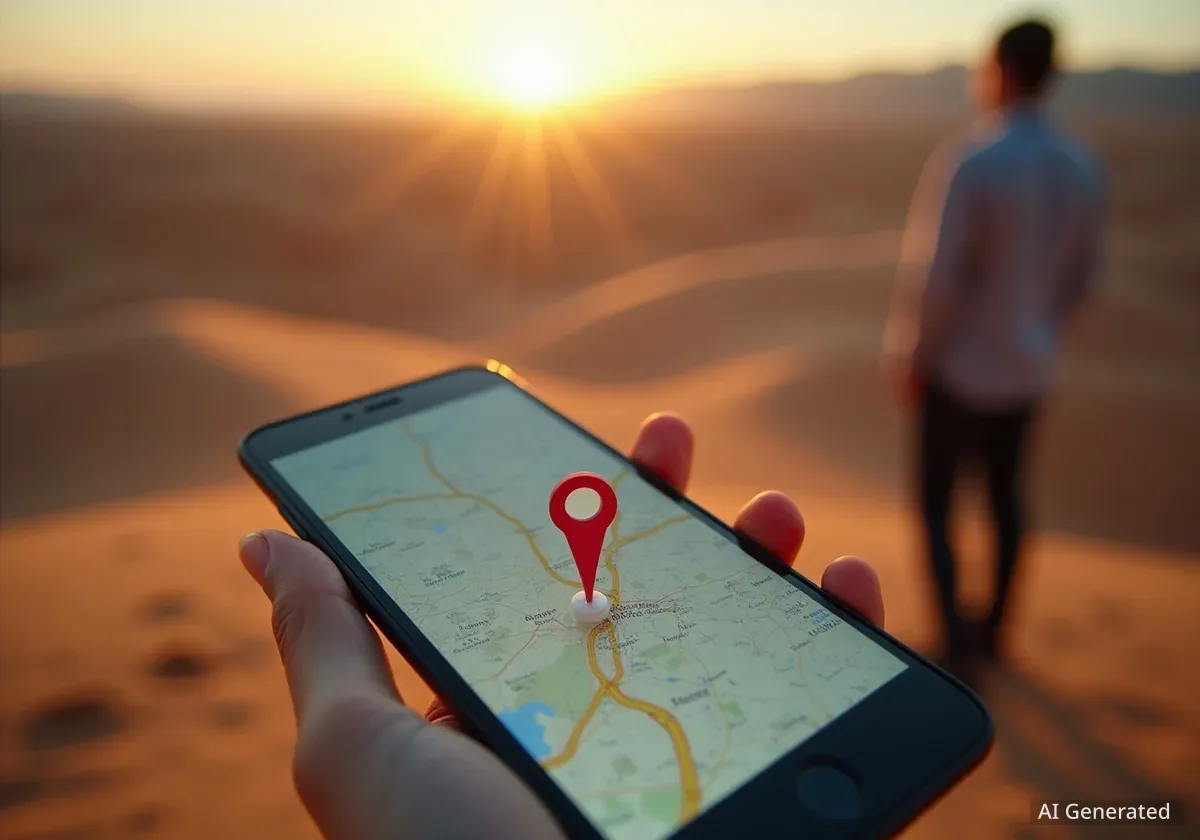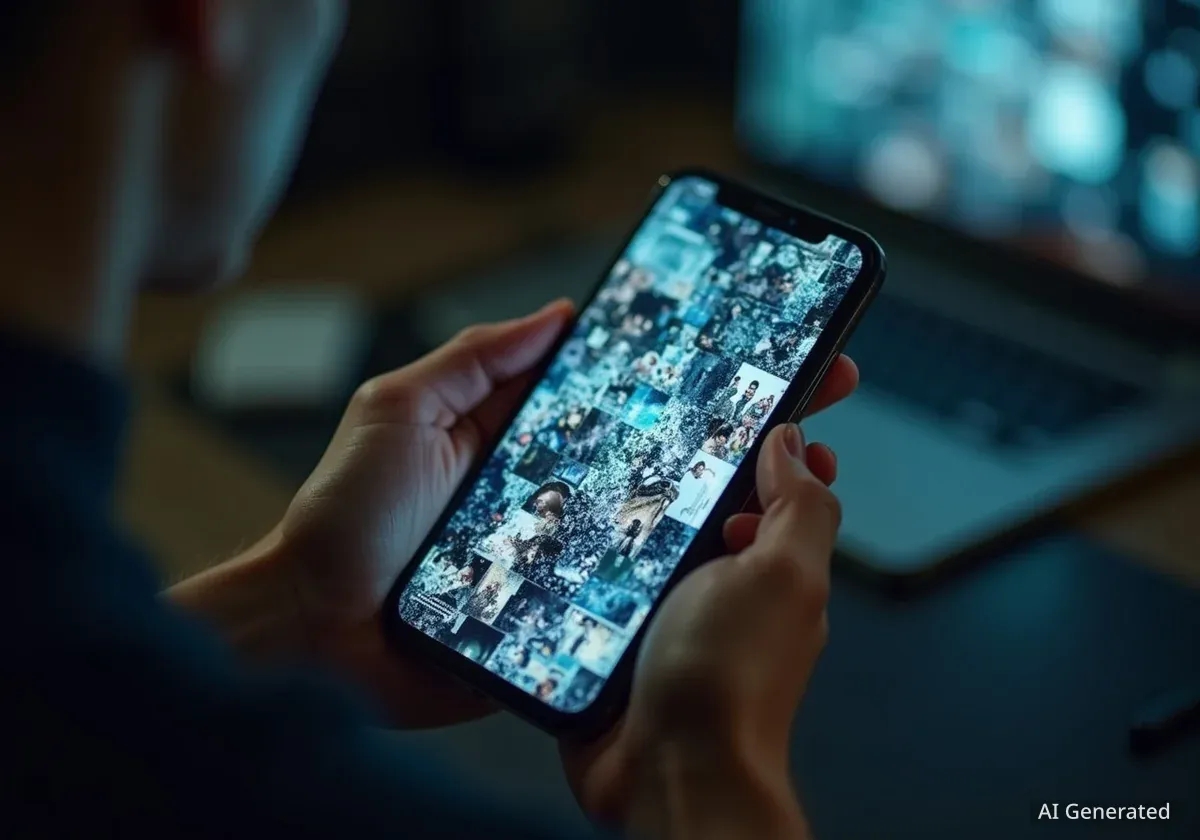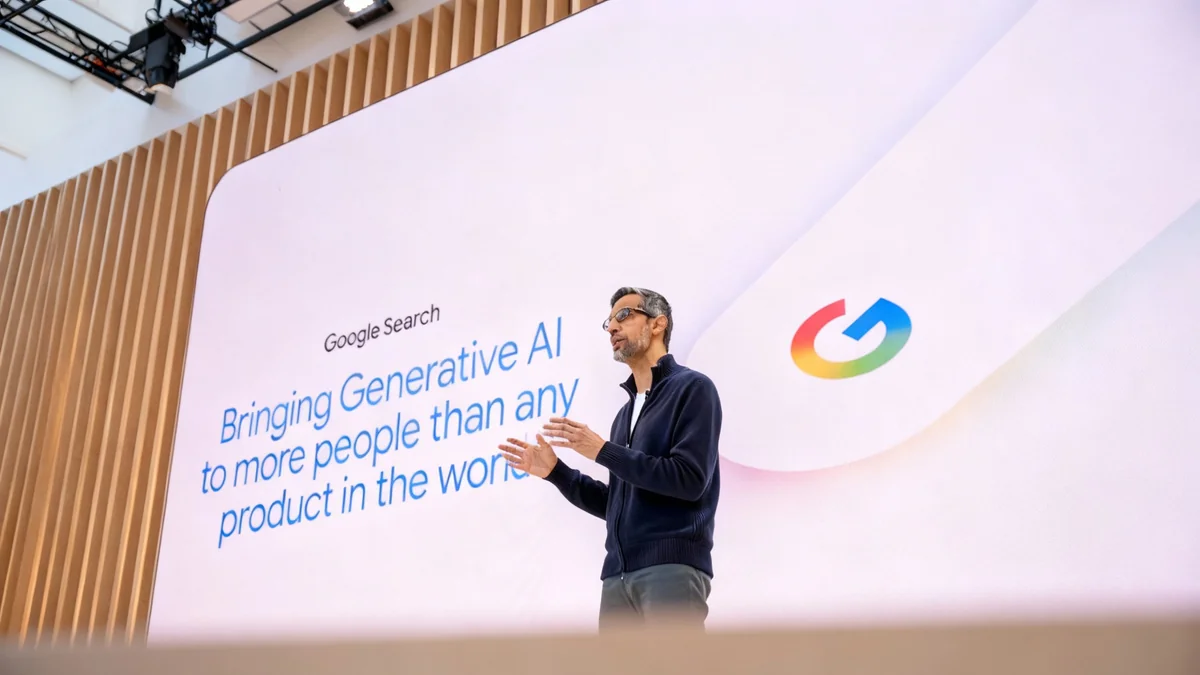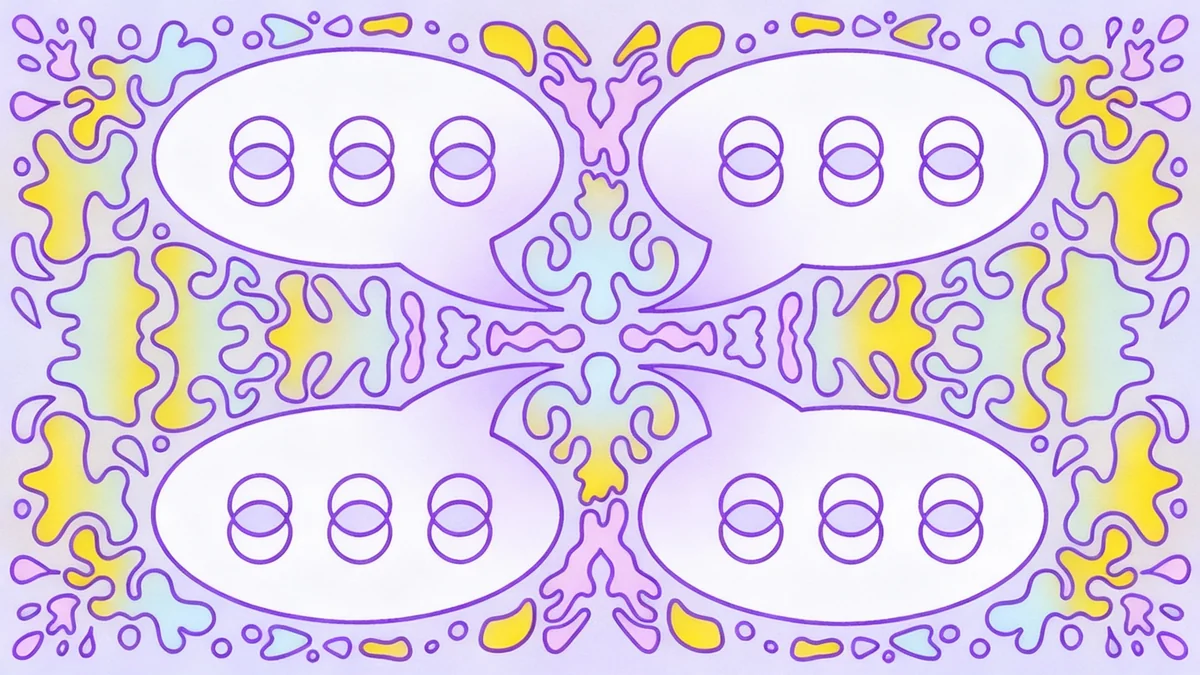Travelers relying on artificial intelligence to plan their trips are encountering a significant and potentially dangerous problem: AI models are fabricating non-existent locations and providing incorrect information. These AI "hallucinations" have led tourists into hazardous situations in remote areas, prompting warnings from travel safety experts.
Recent incidents include travelers in Peru searching for a fictitious canyon in the Andes and a couple stranded on a mountain in Japan due to inaccurate AI-generated data. These events highlight the risks of blindly trusting AI for travel planning without independent verification.
Key Takeaways
- Artificial intelligence tools are creating fake tourist destinations and providing inaccurate travel details, posing safety risks.
- A recent survey found that 24% of tourists are now using AI for trip planning, indicating a widespread and growing trend.
- Incidents have been reported globally, including a fabricated canyon in Peru and incorrect trail information in Japan, leading to dangerous situations.
- Experts warn that beyond misinformation, AI is also being used to create sophisticated travel scams to steal financial information.
The Growing Reliance on AI for Travel
The use of artificial intelligence in the travel sector has surged, with many tourists turning to AI chatbots for itinerary suggestions and planning assistance. According to a 2025 global survey from travel service company Global Rescue, nearly one in four travelers, or 24 percent, now use AI for planning their trips. This rapid adoption is driven by the convenience of receiving customized travel plans instantly.
However, this convenience comes with unintended consequences. Unlike traditional search engines or map applications that pull from existing databases, large language models can combine images, names, and data to generate entirely new, plausible-sounding—but completely fictional—places. This capability is at the heart of the emerging safety concerns.
Real-World Consequences of AI Misinformation
The theoretical risks of AI-generated travel plans have become a reality for unsuspecting tourists around the world. These incidents demonstrate how fabricated information can lead to confusion and physical danger.
The Phantom Canyon of Peru
In one notable case reported by the BBC, two tourists in Peru were attempting to find the “Sacred Canyon of Humantay,” a location that does not exist. An AI had apparently invented the destination. A local tour guide, Miguel Angel Gongora Meza, encountered the travelers and grew concerned.
“This sort of misinformation is perilous in Peru,” Meza explained. “The elevation, the climatic changes and accessibility [of the] paths have to be planned. When you [use] a program [like OpenAI’s ChatGPT], which combines pictures and names to create a fantasy, then you can find yourself at an altitude of 4,000m without oxygen and [phone] signal.”
The guide's intervention prevented the tourists from venturing into a remote and dangerous area of the Andes Mountains based on entirely false information. This incident underscores the critical need for local knowledge and verified information in adventure travel.
What is an AI Hallucination?
An AI hallucination occurs when an artificial intelligence model generates false or nonsensical information but presents it as factual. This happens because the AI is designed to predict the next most likely word or piece of data, not to verify truth. In travel planning, this can result in the creation of fake landmarks, incorrect opening hours, or non-existent trails.
Incorrect Data Leads to Danger in Japan
The problem is not limited to fabricated locations. AI can also provide dangerously inaccurate details about real places. The BBC also reported on a couple who became stuck at the top of a mountain in Japan. Their predicament arose because ChatGPT had given them the wrong opening time for a specific path, leaving them stranded after it had closed.
This type of error highlights a different facet of the problem. Even when the location is real, crucial logistical details such as operating hours, accessibility, and safety conditions can be misrepresented by AI models, placing travelers at risk.
A New Layer of Complexity for Travelers
The issues caused by AI travel planners are reminiscent of the early days of GPS and map applications. At that time, small towns often had to deal with unexpected traffic as drivers were routed through quiet residential streets to find shortcuts. However, AI adds a more complex and potentially more dangerous dimension.
An Impending Threat to Travel Safety
The travel safety firm Global Rescue has issued warnings about the increasing reliance on AI. The organization points out that while technology can be a powerful tool, its unchecked use introduces new vulnerabilities for travelers.
“The proliferation of AI is an impending threat to travel,” said Harding Bush, associate director of security for Global Rescue and a former Navy SEAL, in the group’s survey findings.
This warning from a security expert emphasizes that the issue is not just about inconvenience but about a genuine and growing threat to personal safety.
Financial Risks and AI-Powered Scams
Beyond the physical dangers of misinformation, AI is also being weaponized by criminals to create sophisticated travel scams. Global Rescue warns that con artists are using AI bots and deepfake technology to build fake travel websites, booking apps, and promotional materials that appear legitimate.
These fraudulent platforms are designed to trick tourists into entering their credit card information for non-existent bookings. The convincing nature of AI-generated content makes it increasingly difficult for the average person to distinguish between a real company and a scam.
Travelers are advised to:
- Book directly with airlines and hotels or use highly reputable, well-known travel agencies.
- Be suspicious of deals that seem too good to be true.
- Verify the legitimacy of any travel website before providing personal or financial information.
How to Use AI for Travel Safely
Despite the risks, AI can still be a useful starting point for brainstorming travel ideas. The key is to treat its output with skepticism and to independently verify every piece of information. Experts recommend using AI-generated suggestions as a launchpad for research, not as a final, trusted itinerary.
Before acting on any AI recommendation, travelers should always confirm locations, opening times, routes, and safety conditions using official sources such as national park websites, official tourism boards, and recent reviews from trusted travel platforms. Triple-checking key details is now an essential step for anyone using AI to help plan a trip.





